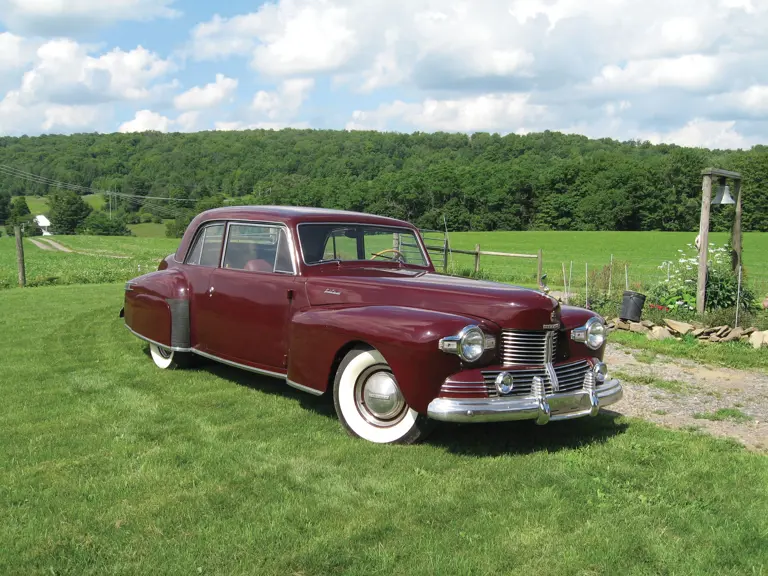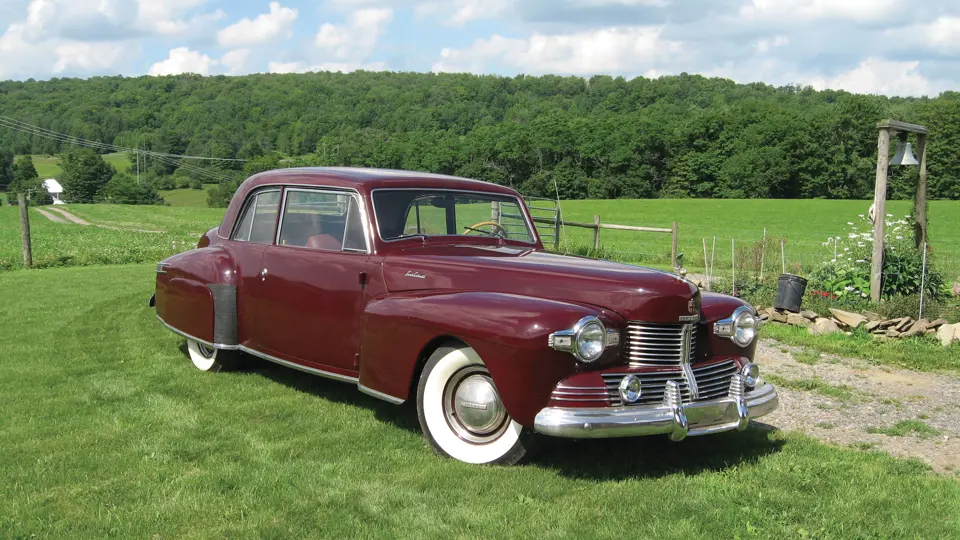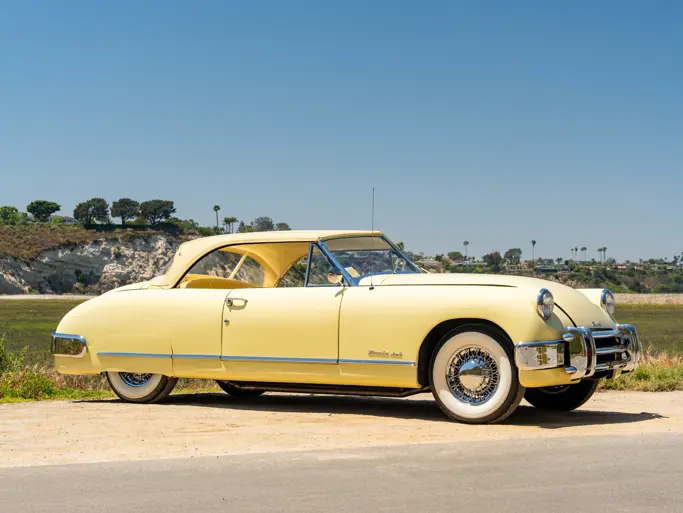Having spent his youth primarily on Long Island and having been influenced by the marine atmosphere, it was inevitable for E.T. “Bob” Gregorie to fall in love with ships and spend his professional apprenticeship as a young man with well-known ship design firms in New York City. His exacting discipline would serve him well as he transitioned to automobile design and would be well-remembered for being largely responsible for the modern, yet practical lines of the Ford from 1935 to 1948.
Henry and Clara Ford’s only child, son Edsel, had grown up being groomed to one day take over the Ford Motor Company and along the way he was drawn to modern, stylish design in a variety of disciplines and eventually would become president of the Detroit Arts Commission. The automotive genre is where his ideas flourished to the benefit of Lincoln, the buying public, and admirers of classic automotive design worldwide.
Edsel Ford's vision of modern design, which had early-on taken form with the elegant, custom-bodied Lincoln, began to flower in 1936 with the development of the boldly streamlined Lincoln-Zephyr. Two years later, this platform would provide Ford and Gregorie with the basis for one of the most venerated designs of the 20th Century: the Lincoln Continental. Artfully blending the radical shape of the Lincoln-Zephyr with Edsel Ford's vision of a "continental" automobile, Gregorie and his talented design staff produced the stunning lines of what was to become the 1940 Lincoln Continental.
Introduced in the fall of 1939, the Continental was a critical success largely due to its classic, yet modern body contours. Its acceptance by design aficionados and a select consumer audience was universal. In 1951, it was selected by the Museum of Modern Art as one of the eight best pre-war automotive designs.
Gregorie, with characteristic modesty, attributed the design of the Continental to Edsel Ford's inherent good taste and critical eye. "He was," said Gregorie, "a generous and perceptive mentor who closely followed the development of his dream car." But much of the credit for the Lincoln Continental's design must go to Bob Gregorie whose masterly implementation of his mentor's suggestions produced an enduring triumph of modern automotive design.
It was introduced in 1940 as an exclusive, luxurious, handcrafted automobile for Lincoln’s prominent customers. By 1941, the big Model K Lincoln had been discontinued and the Zephyr was the Lincoln. For 1942, the modernist style dictated a more massive front end, which was applied to all Lincolns, the Continental included, albeit with a delicate horizontal bar grille, which was a feature unique to 1942. When production resumed at war’s end, the Lincoln grille was made more massive still, leaving the 1942s as a rare tribute to pre-war modernity.
This 1942 Lincoln Continental was freshly restored and completed in 2013. The 1942 Continental came from the factory with a 306-cid V-12 engine connected to a manual transmission. The dashboard has an Art Deco-inspired design with instrumentation, clock and a radio, which is non-working in this particular car. Additional features include the bustle-back trunk, the autologically named Continental kit, fender skirts, wide whitewall tires and factory wheel covers. This Continental benefits from new tan whip-cord and maroon leather interior, new wiring and new rubber moldings
This is reported as a car that can be easily enjoyed by its next owner. Just 336 Continentals were built for 1942 before production ceased; of those, only 200 were the hardtop coupe version, such as this example. This car is an extremely nice example of that very small community that represents the very end of the pre-war era. This car presents an opportunity unlikely to be soon repeated. The 1942 Lincoln Continental is also recognized as a Full Classic by the Classic Car Club of America.



 | Auburn, Indiana
| Auburn, Indiana


